Virtual Museum
Hall 3 - Photography
Bornholm - Denmark's Sunshine Island
by Nigel Bullock
Nigel Bullock retired from Addenbrooke's Hospital Cambridge in 2010, having worked for 25 years as a Consultant Urological Surgeon. Since his retirement, he has edited the BAUS website. He writes:
My younger son's partner is half-Danish, half-Swedish & her parents live on Bornholm, an island belonging to Denmark but lying off the coast of Sweden in the Baltic. Despite their medical background (he was a GP), neither of them has ever heard of Bornholm disease ... !
We all travelled to their island to celebrate our third grandchild's first birthday. The Danes refer to Bornholm as their "sunshine" or "holiday" island. It is now clear why they regard it as such a gem - and were determined to reclaim it from Swedish rule many years ago.
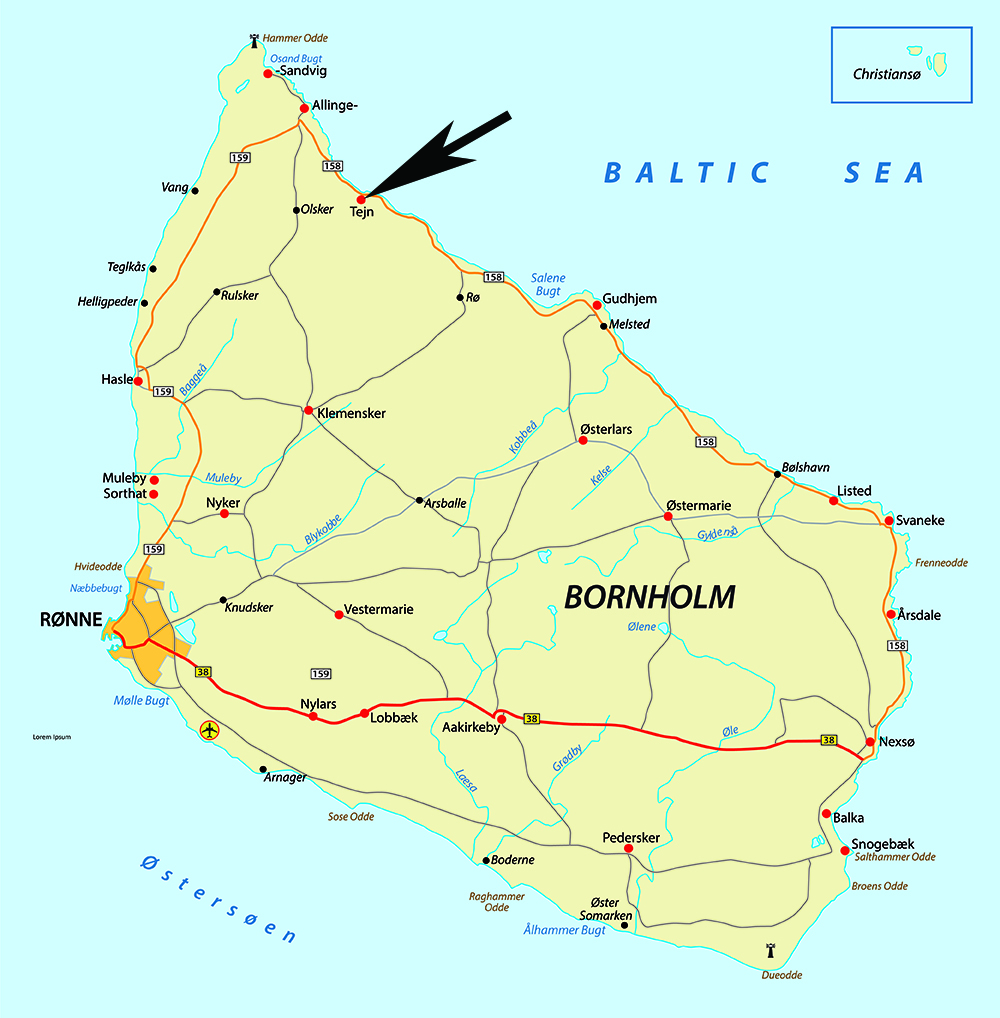 “ Tejn is a coastal village of classic island houses with ochre-coloured paintwork and red tiled roofs. In the distance, there are some typical "smokehouse" chimneys. “ Tejn is a coastal village of classic island houses with ochre-coloured paintwork and red tiled roofs. In the distance, there are some typical "smokehouse" chimneys.
" In the past, most houses had their own smokeries but, nowadays, curing is mostly done on a commercial basis in smokehouses combined with restaurants.
" On the quayside are several Norwegian school brass bands entertaining the locals - an annual tradition that started after the second World War ..."
|
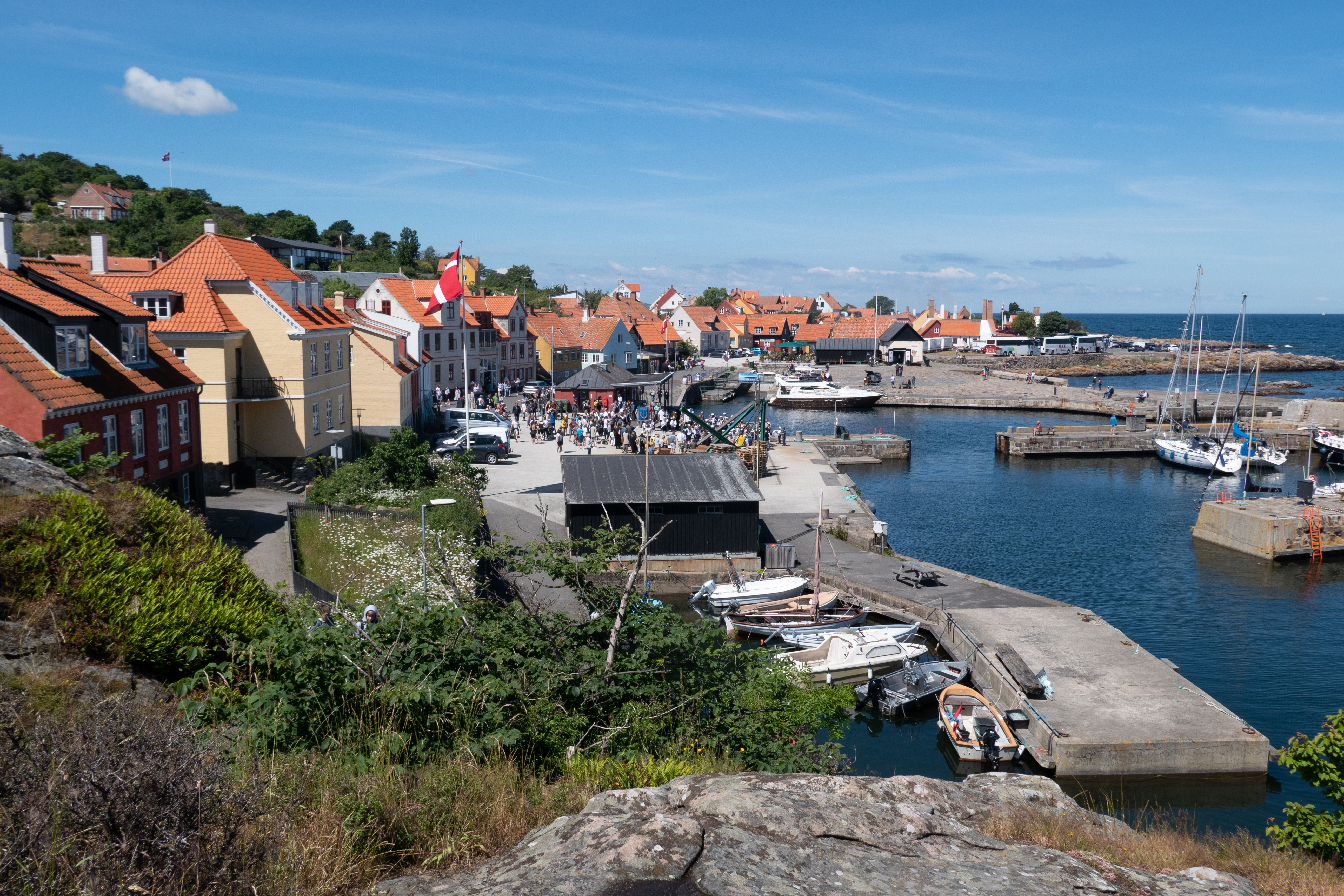 |
© NIGEL BULLOCK 2022 - ALL RIGHTS RESERVED
|
Stammershalle Badhotel: our home for seven days ... view full-screen version
 “ The Stammershalle Hotel was our home for a week. Mostly of wooden construction, the hotel once boasted its own zoo - now derelict but still visible (just) in the woods behind. “ The Stammershalle Hotel was our home for a week. Mostly of wooden construction, the hotel once boasted its own zoo - now derelict but still visible (just) in the woods behind.
" The rooms had stunning views out over the Baltic and the restaurant had the Danish equivalent of five gastronomic rosettes.
" Access to the rest of the island's coastal region was on quiet roads bordered on both sides by well-protected pedestrian walkways and cycle paths. ..."
|
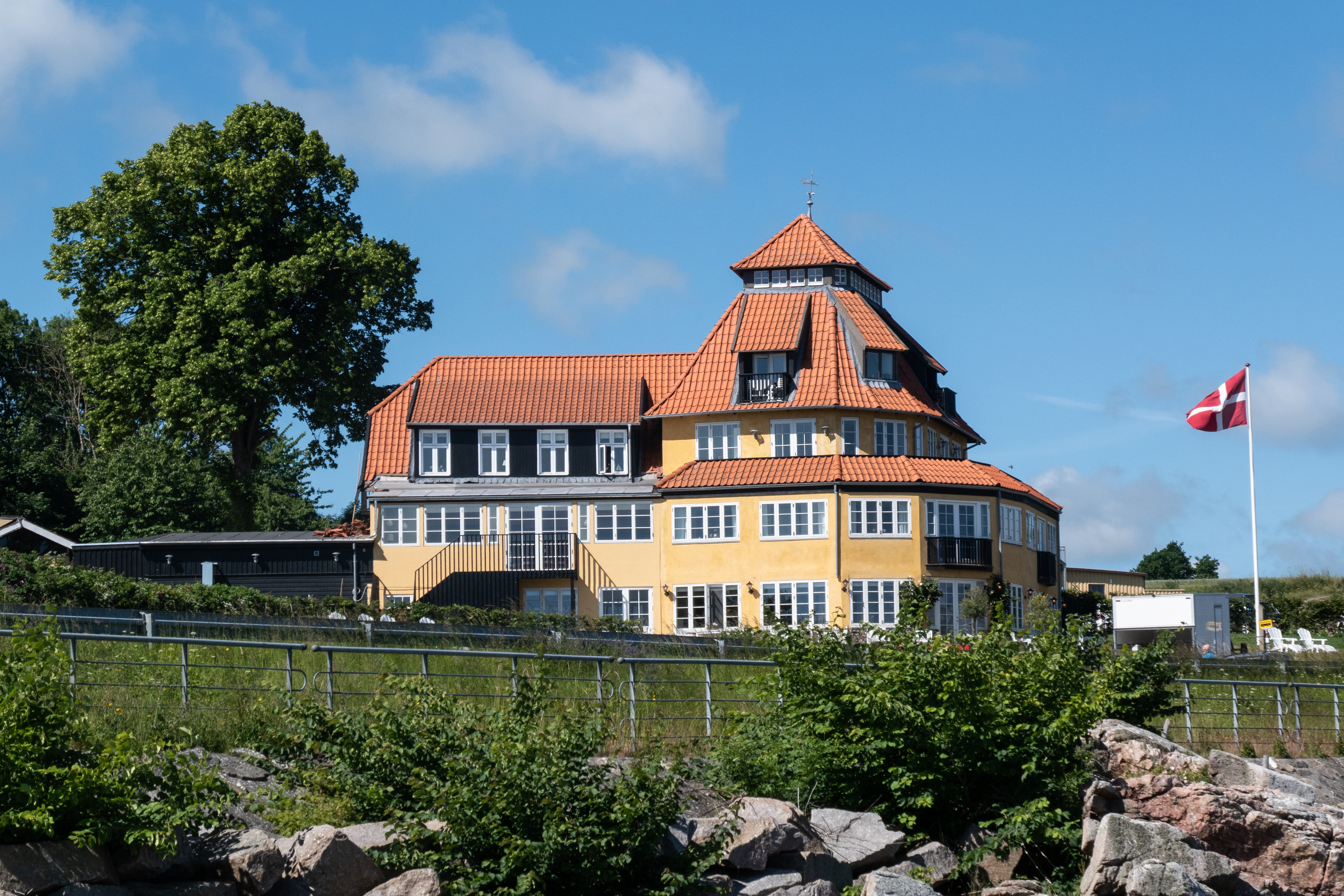 |
© NIGEL BULLOCK 2022 - ALL RIGHTS RESERVED
|
Gudhjem: rocky coastline with swimming point ... view full-screen version
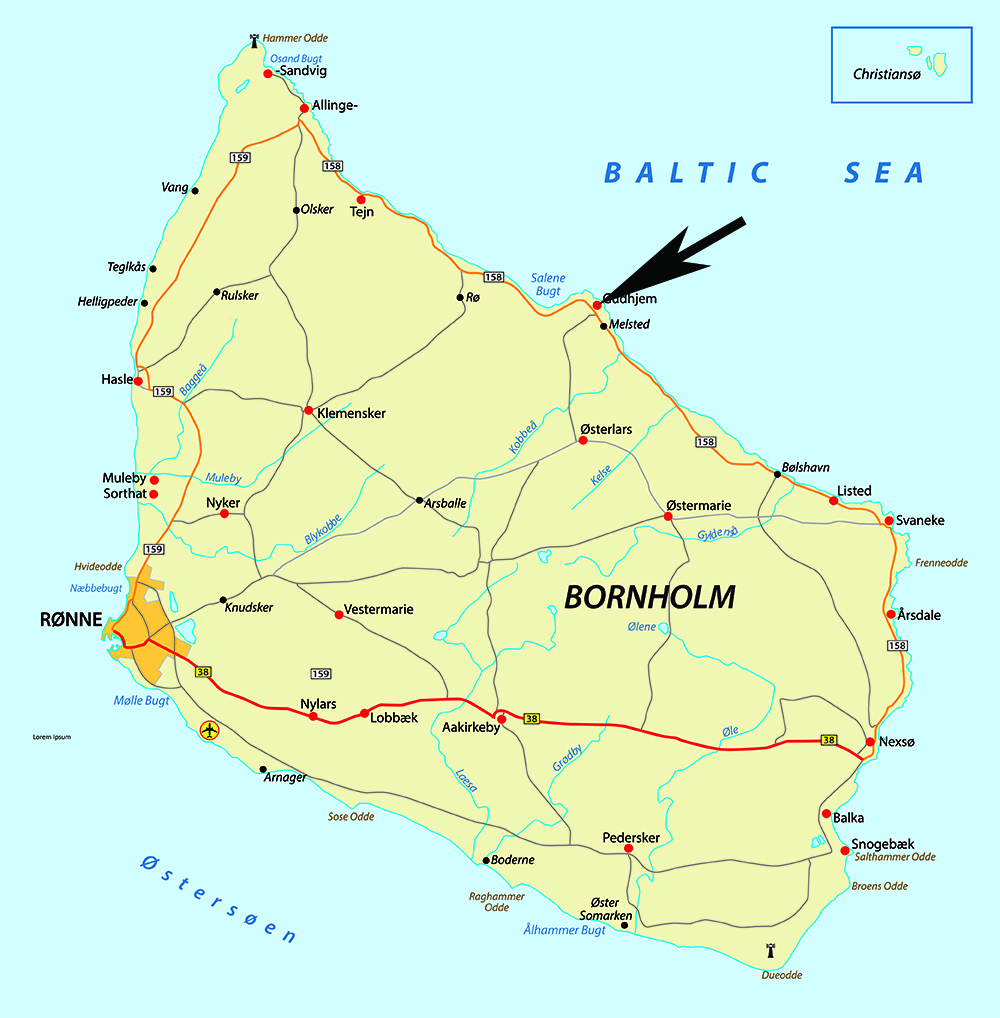 “ Bornholm's coastline reveals its origin from volcanic magma. The north of the island is formed mostly of granite & gneiss whilst, in the south, the base is sedimental, mostly sandstone, and has the best beaches. “ Bornholm's coastline reveals its origin from volcanic magma. The north of the island is formed mostly of granite & gneiss whilst, in the south, the base is sedimental, mostly sandstone, and has the best beaches.
" Most rocky coves have a small wooden pier, a safe (enclosed) bathing area and a lifebelt in event of emergencies! Before breakfast, the Bornholm Danes can usually be seen walking down to the rocks in their fluffy dressing gowns and returning suitably refreshed - the water is seriously cold - for breakfast.
" The 'infamous' Nordstream gas pipelines, flowing west from Russia to Europe, cross the Baltic in the distance, running parallel to this north coast ..."
|
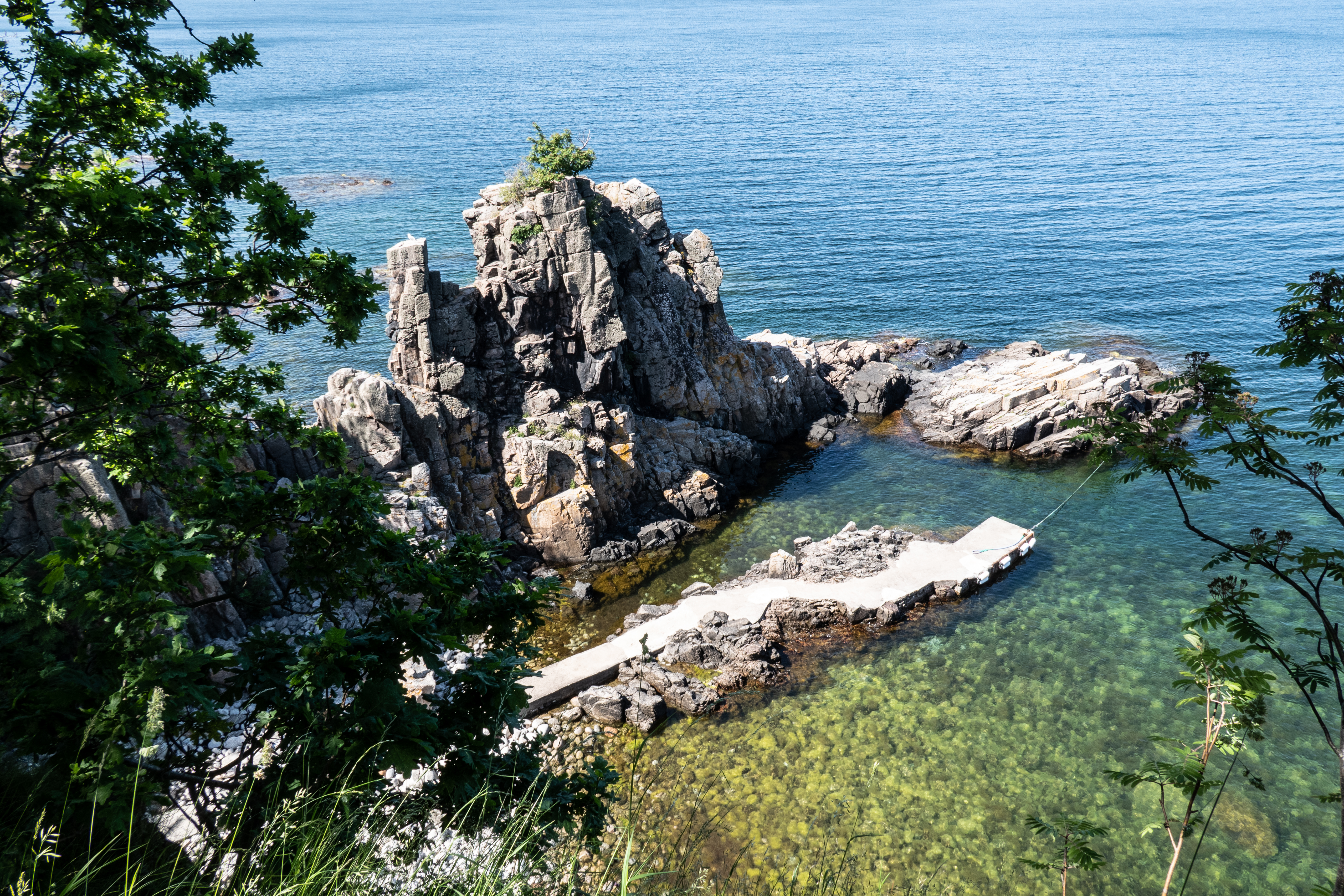 |
© NIGEL BULLOCK 2022 - ALL RIGHTS RESERVED
|
Hammershus Castle: a strategic protection point ... view full-screen version
 “ Erected in the 13th century, Hammershus was Scandinavia's largest medieval fortification and is one of the largest in Northern Europe. “ Erected in the 13th century, Hammershus was Scandinavia's largest medieval fortification and is one of the largest in Northern Europe.
" During successive struggles between the kings of Denmark & the Archbishopric, the fortress served as a refuge for the archbishops, despite being conquered by the king's army on a number of occasions.
" In 1658, Hammershus was occupied by Swedish forces, but a rebellion on the island overthrew the Swedes. In 1743 Hammershus was abandoned as a stronghold. The remains were preserved in 1822 and there has been continuous maintenance of the ruins since then ..."
|
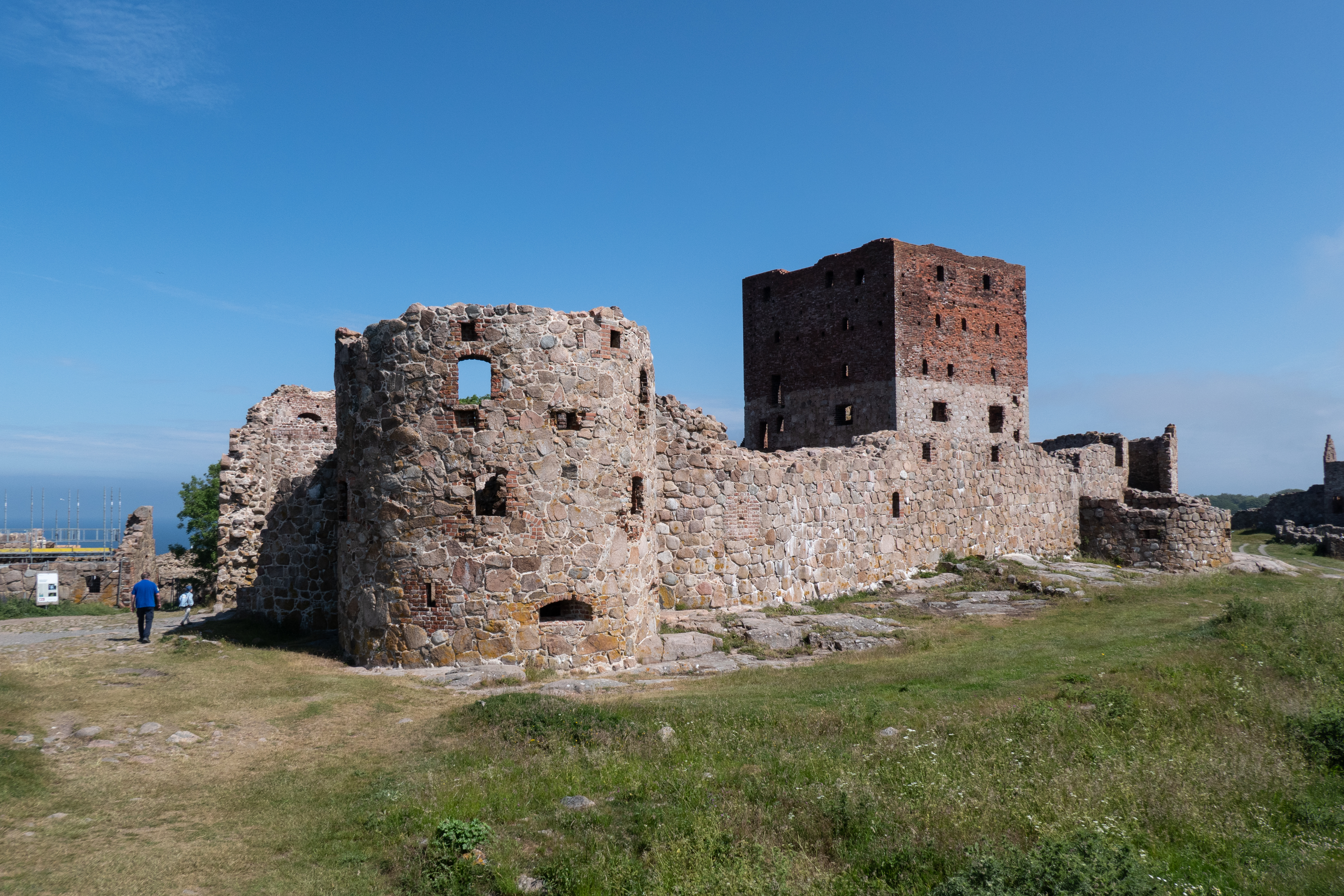 |
© NIGEL BULLOCK 2022 - ALL RIGHTS RESERVED
|
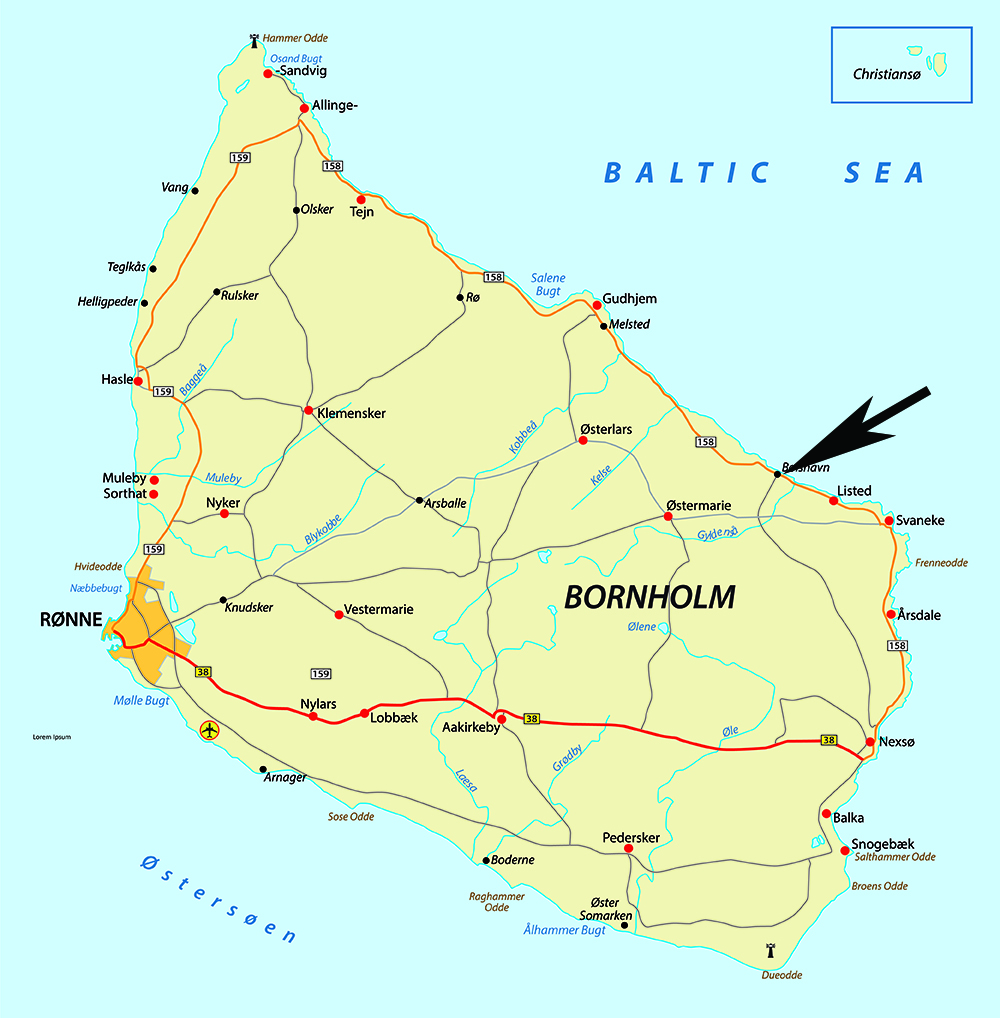 “ This small fishing village lies on the Bornholm walking trail which circumnavigates the entire island and is a place where there is both rock and sedimental sandstone on the coast. “ This small fishing village lies on the Bornholm walking trail which circumnavigates the entire island and is a place where there is both rock and sedimental sandstone on the coast.
" My son and his fiancée rented a stunning single-storey property here, overlooking the Baltic for a month, just a few minutes away from her parents home and about 15 minutes down the coast from our hotel (see above).
" Our 1-year-old grandson loved being dangled with his feet in the water here, but he screamed 'blue murder' as soon as he was removed from the water! ..."
|
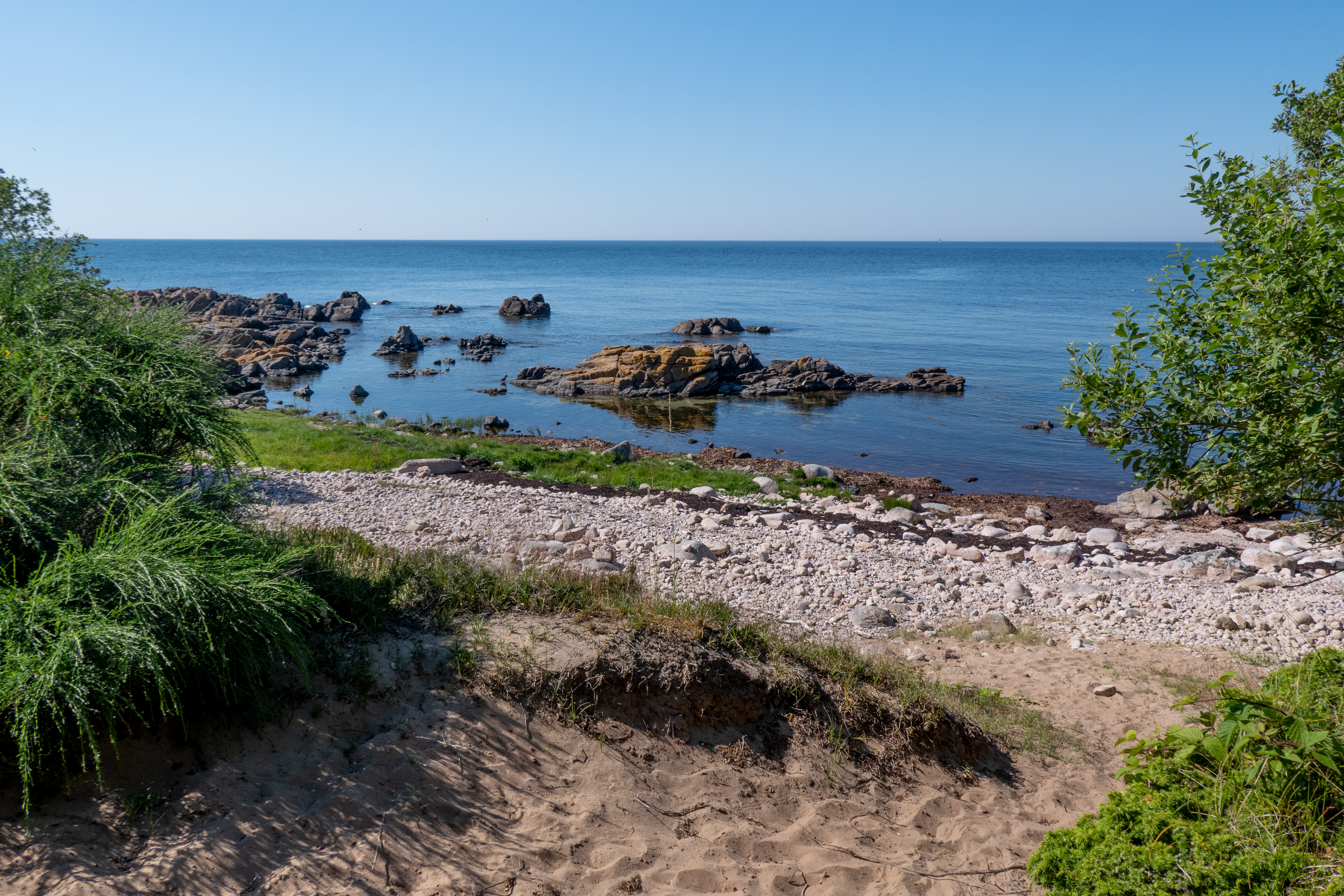 |
© NIGEL BULLOCK 2022 - ALL RIGHTS RESERVED
|
 “ Hammeren was a working lighthouse between 1872 and 1990 having been electrified in 1947. “ Hammeren was a working lighthouse between 1872 and 1990 having been electrified in 1947.
" The top of the masonry tower is 69 feet above the gound but its total height, including its beaming lantern dome and fixtures, is 270 feet above sea level.
" As a result, although the light itself is visible from 23 miles away, its height above sea level means that it cannot be seen in foggy weather.
" Visitors can explore the tower during the summer period and, on a clear day, there are views across to the Swedish coast ..."
|
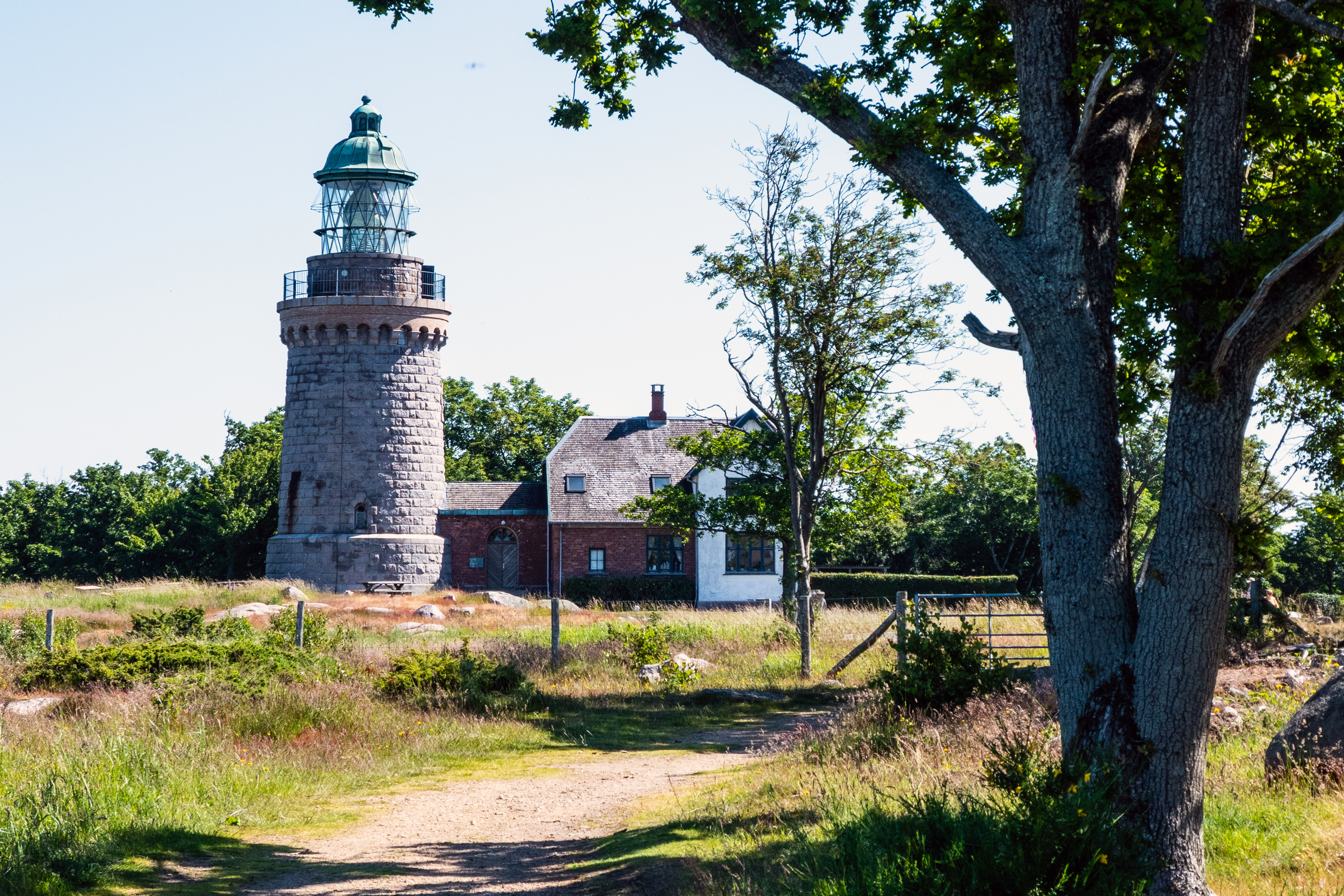 |
© NIGEL BULLOCK 2022 - ALL RIGHTS RESERVED
|
The coastline of Svaneke: once a centre of the fishing industry ... view full-screen version
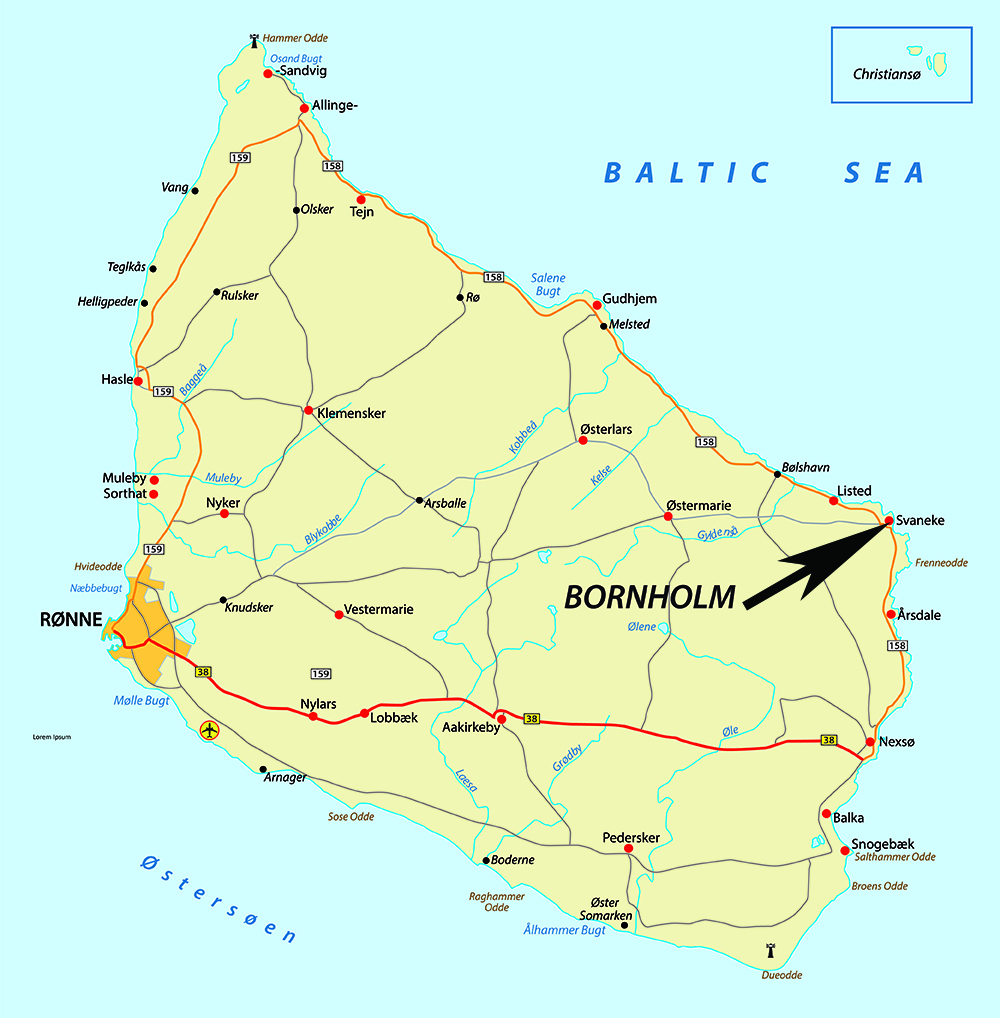 “... Svaneke is the easternmost city on Bornholm, located on a rocky hill with direct access to the sea from the east; it owes its development & prosperity to herring fishing and tourism. “... Svaneke is the easternmost city on Bornholm, located on a rocky hill with direct access to the sea from the east; it owes its development & prosperity to herring fishing and tourism.
" Many artists have galleries here and it has retained its former character because the preserved houses and streets look much as they did in the sixteenth and seventeenth centuries.
" However, the herring stocks were over-fished so the rich merchants from Svaneke bought up nearby land and started farming instead. Without a transport system to aid its development, the new port & shipyard of Svaneke did not succeed and is now populated mainly by tourists and local artists.
" Its modern claim to fame is a rather unexciting, triangular water tower which was designed by the Danish artist Jørn Utzon, better known as the architect of the Sydney Opera House in Australia ..."
|
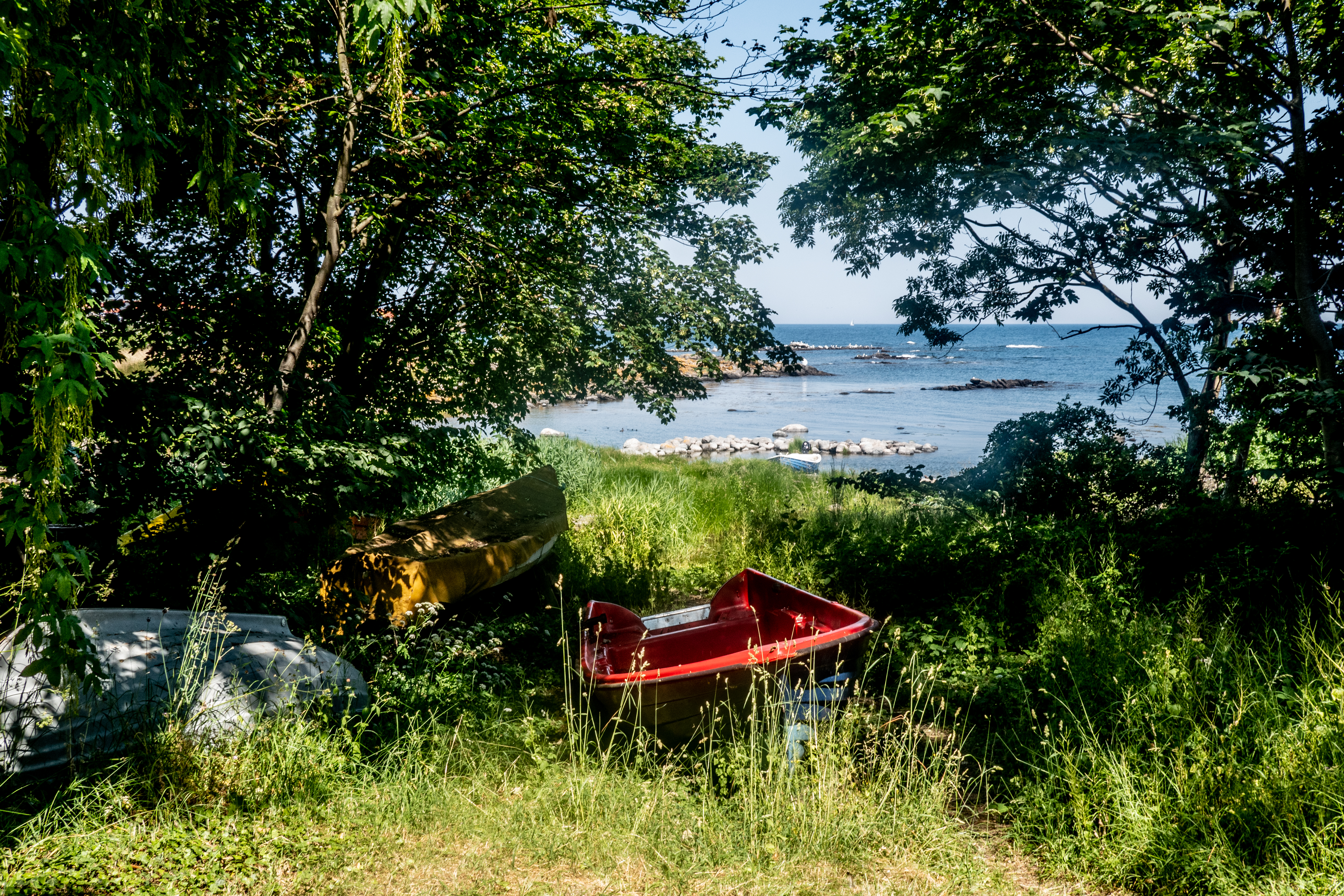 |
© NIGEL BULLOCK 2022 - ALL RIGHTS RESERVED
|
The swans of Svaneke: living & breeding in the sea ... view full-screen version
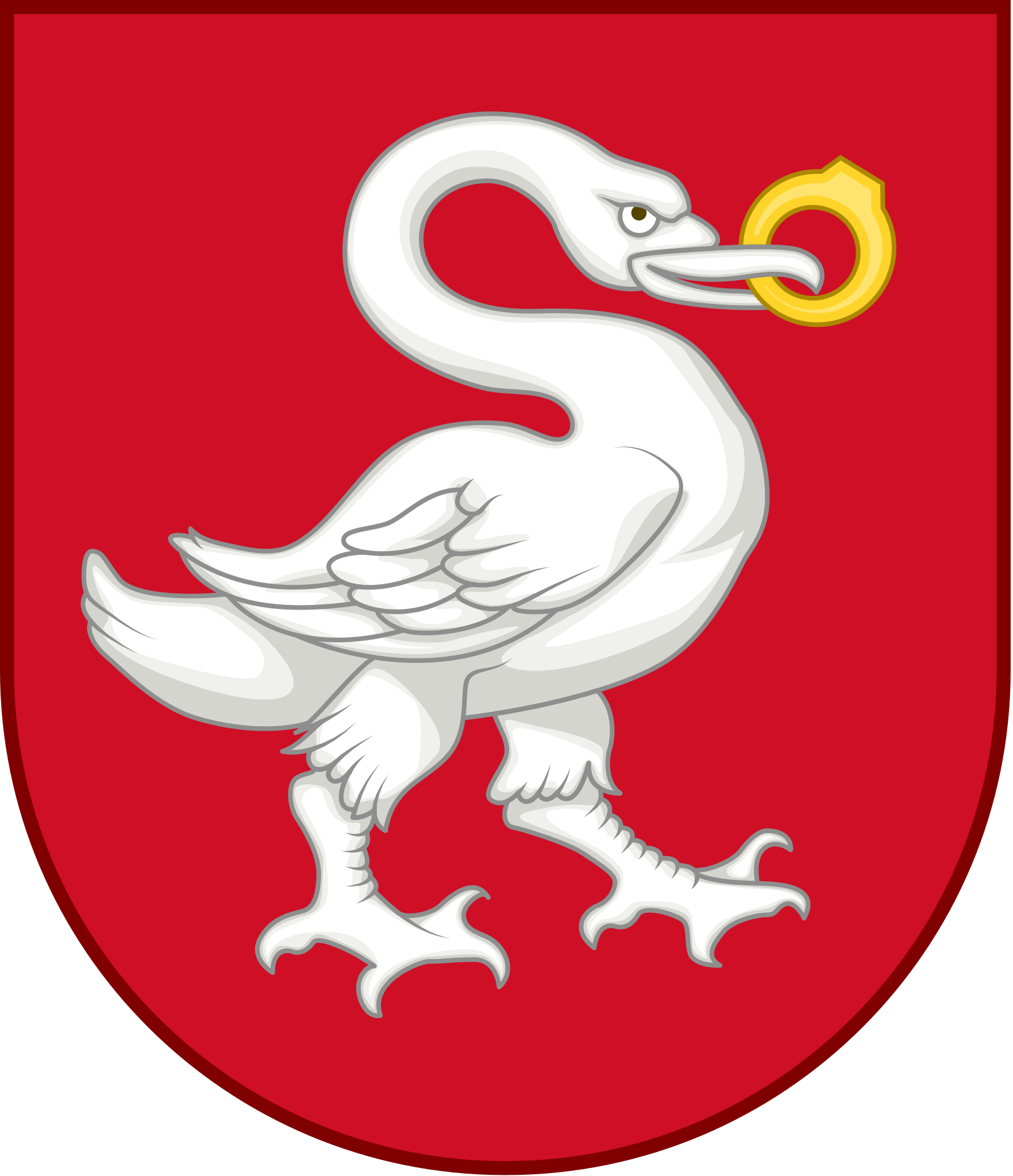 “ One of the stranger features of Svaneke (and some other parts of Bornholm) is the swans - it's how the town gets its name from the old Danish for 'swan inlet'. Swans live and rear their young in the sea. “ One of the stranger features of Svaneke (and some other parts of Bornholm) is the swans - it's how the town gets its name from the old Danish for 'swan inlet'. Swans live and rear their young in the sea.
" The swans nest in the rockpools and feed in the kelp that covers the rocky coastline. Both adult swans and cygnets can be seen feeding in the sea and sunning themselves on the rocky beaches.
" The coat of arms of the town of Svaneke (pictured right), established in the 16th century, shows a swan with a gold ring in its beak ..."
|
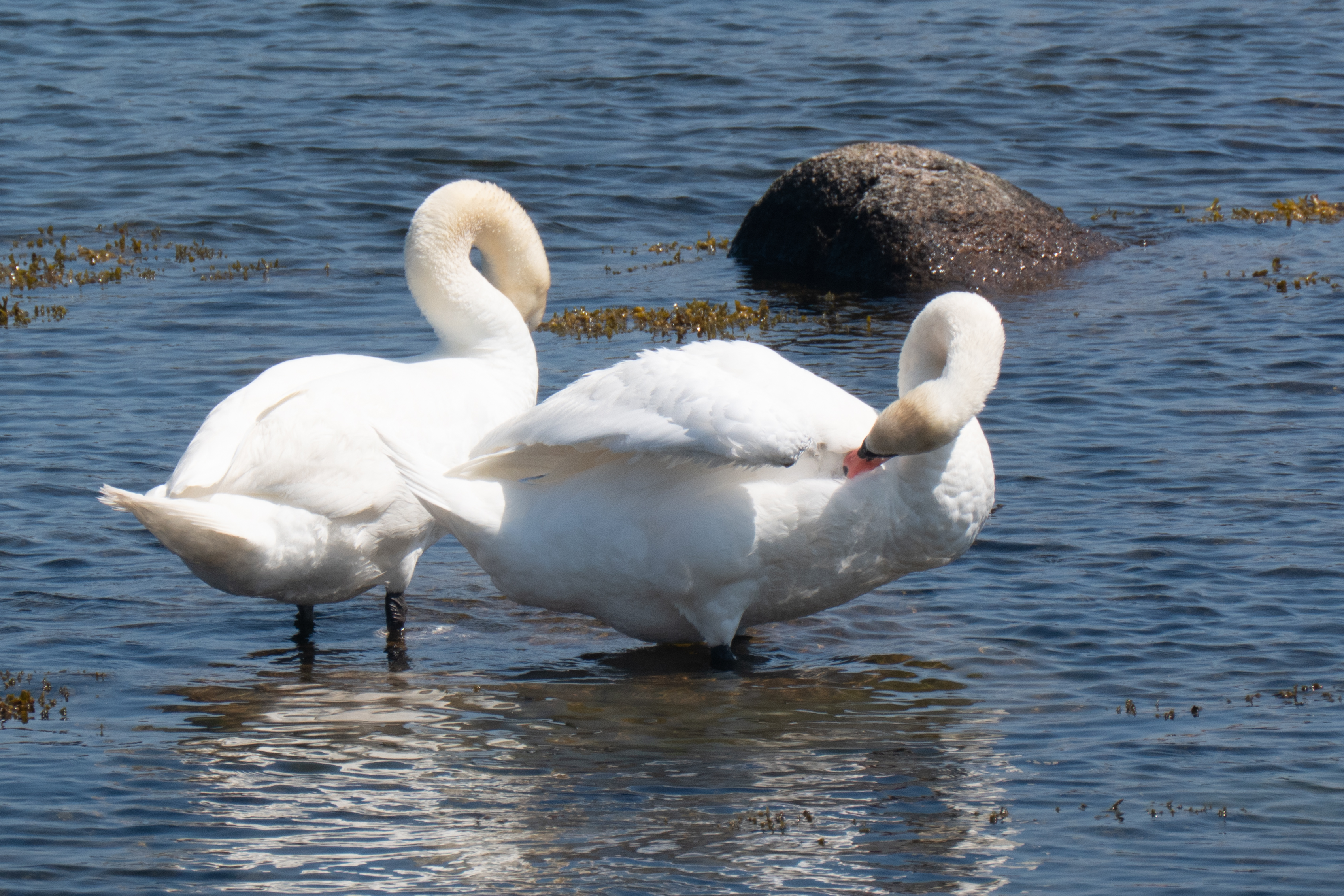 |
© NIGEL BULLOCK 2022 - ALL RIGHTS RESERVED
|
← Back to Hall 3 - Photography